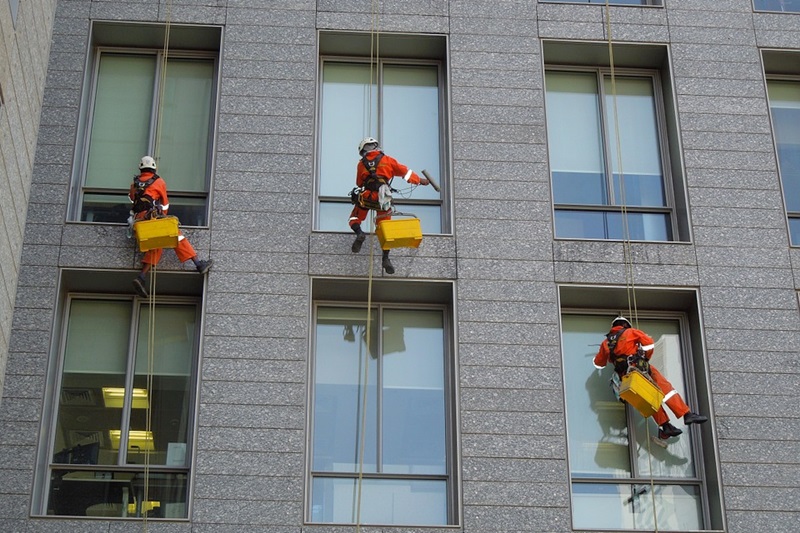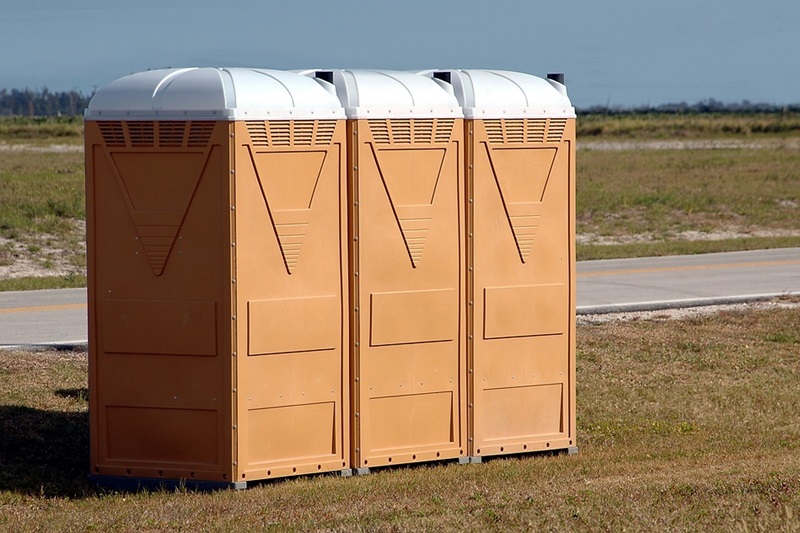The “Do’s” of Septic Maintenance
Tank Maintenance
Periodically check and maintain the septic system. Get in touch with an On-site System Maintainer (OSM), who can regularly check your septic system. Some systems require more maintenance on a more frequent basis than others.
Have the system’s tank pumped once every 3 – 5 years. The frequency you should pump the system depends on the water demands of your residence or commercial property.

Be Water-conscious
Decreased water usage can extend the useful life of a septic system. Extensive use of water will cause the system’s failure.
Proactively fix any sinks, toilets, or pipes that leak. Even slow leaks can lead to gallons of wastewater every day.
Install “low flow” fixtures on your business’s or home’s faucets and shower areas. These can be replacement low flow faucets, devices that decrease water flow, and ones that spray air to spread out the faucet’s water flow.
Wash laundry in full loads during the course of the week, instead of frequent, small loads.
Do not operate the washing machine together with the dishwasher simultaneously.
It’s a bad idea to drain hot tub or swimming pool water into the septic system. Doing so can overfill your drainfield, and the chlorine in the water can kill necessary bacteria that live in the septic tank and in the drainfield. These should be drained away from your septic system. The Washington Sea Grant’s Program has more advice about being water-conscious in your home.
Ensure that water from roof and land drains are guided away from the drainfield to allow it to operate appropriately.
Landscape Wisely
Landscape with grass in mind, as it’s the ideal cover for both the septic tank and the drainfield. Plants with roots that don’t shoot deep into the ground are the preferred ones for landscaping with the incorporation of your septic tank system.
Install “risers” to allow for smooth and seamless pumping and checking-in on your septic system. Get in touch with a certified OSM, Pumper, or Installer to consider your options for having risers installed.
Contact Professionals
Reach out to professional Installers, Engineers, or Designers to repair your septic system as required. Make certain that they have the proper permits to do this sort of work.
The “Don’ts” of Septic Maintenance
Refrain from Garbage Disposal Usage
Grease and solids can slowly clog your drainfield if their buildup is left unmonitored. Don’t use the disposal for these substances unless absolutely necessary, and use it very infrequently if you do so.
Flushing Objects into the Septic System
Septic system should be kept clean from anything that shouldn’t be flushed into them, such as cigarette butts, paper that isn’t toilet paper, oils, and diapers.
Keep Chemicals and Objects Away from the Drain
Chemicals used around the house should not be poured down the drain. This includes antifreeze, pesticides, floor cleaners, paint, and other substances. These products can kill bacteria that can reduce solids found in your septic system. For more information, contact the Public Health Hazards Line, who can be reached at 206-296-4692.
Keep the drainfield and septic system areas clear of household objects and architectural features. This includes vehicles, courts, patios, decks, and even wild animals.
Don’t Use Additives
Septic system additives can pose dangers in that they add additional solids to your system. The added solids could choke up your drainfield, and the chemical additives could contaminate the ground and any present surface water. If necessary, then only use additives with explicit approval from the Washington State Department of Health.

 by
by 

